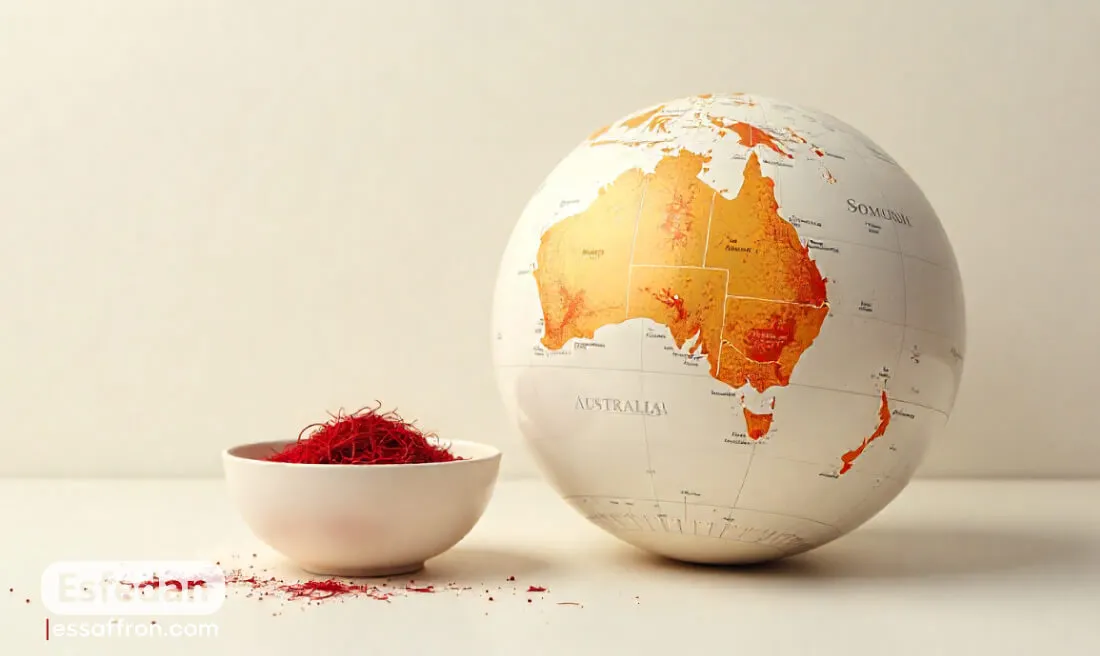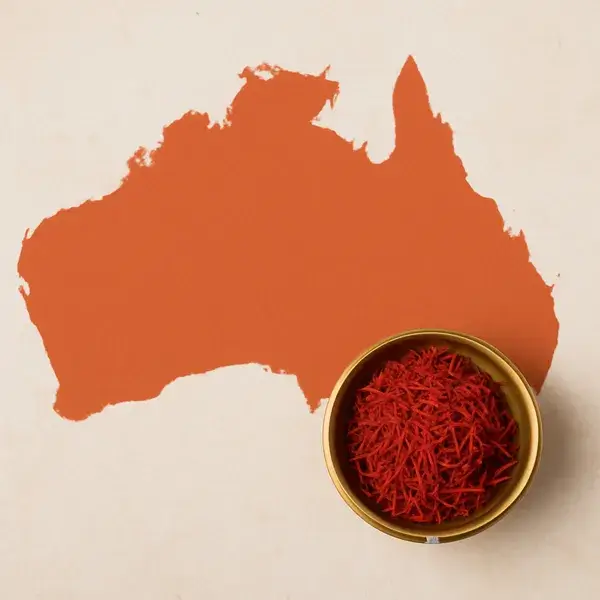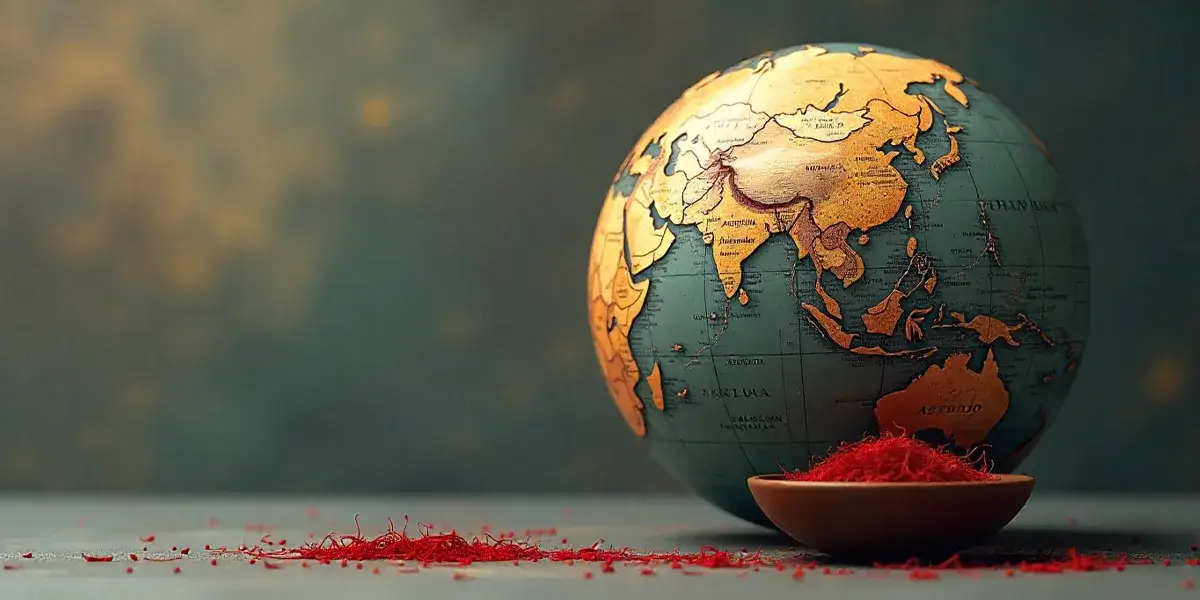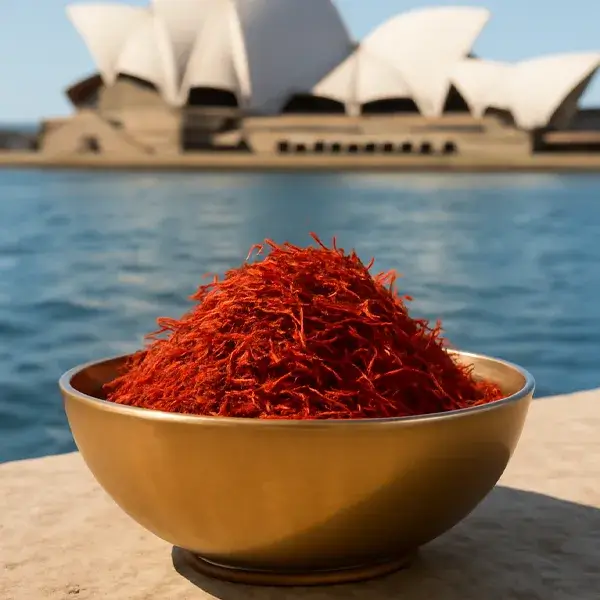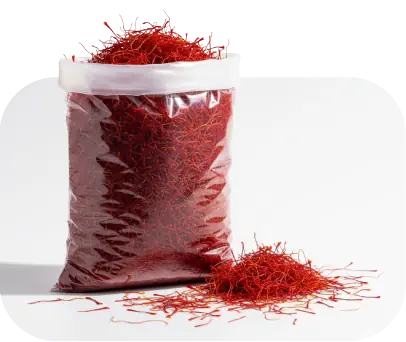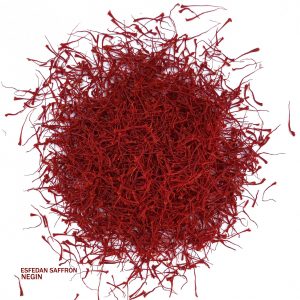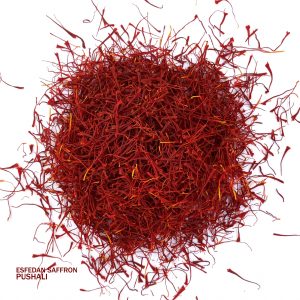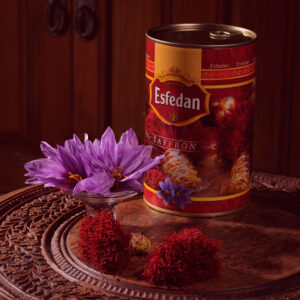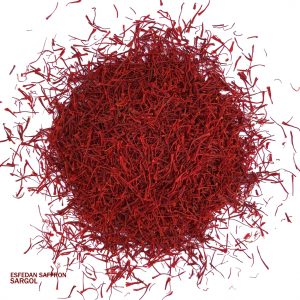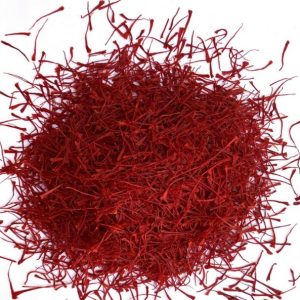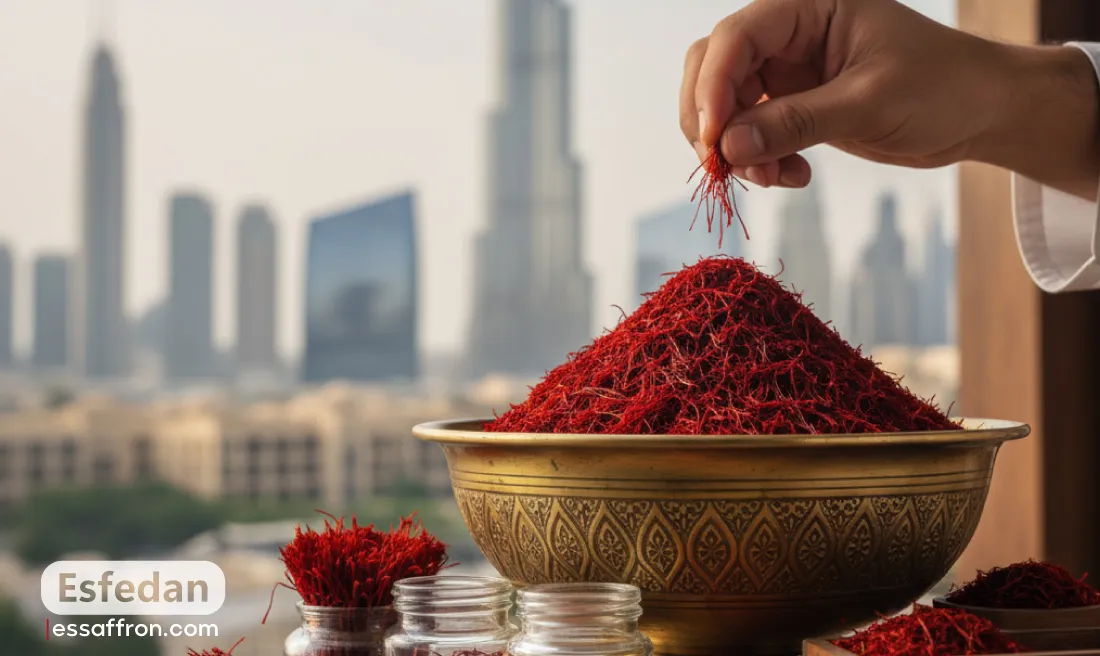The world’s largest saffron grower is Iran, followed by Kashmir and Spain. However, it can also be grown in Italy, Greece, or any other country with a Mediterranean climate, featuring dry summers and not-so-wet winters. Growing saffron in Australia can be an enjoyable activity. For those of you who want a hobby farm at home, or who are planning to start a commercial farm, saffron might be worth considering. The crop can be tricky, but the reward can be huge, given the high labor involved in cultivation and harvest, as well as the environmental requirements. You may be asking yourself how to grow saffron in Australia. The following is a practical guide to saffron farming in Australia.
Essential Steps for Growing Saffron in Australia
Can Saffron Be Grown In Australia? Yes, with the correct conditions and techniques. Saffron needs specific climates to grow, and farming it involves planting corms, tending the plants, and harvesting the stigmas. To grow saffron properly, you need a cool Mediterranean climate (Zones 6, 7, 8, and 9; Zone 9 is drier). Australia’s climate includes Tasmania, Western Victoria, areas of western NSW, and elevated parts of South Australia. Saffron farming can be a profitable pursuit in Australia. The key steps for growing saffron are:
Read more: How to Grow Saffron in the world
1. Best Climate for Growing Saffron in Italy
Saffron likes to grow in areas with hot and dry summers and cold winters. In terms of heat, it needs at least 6–8 hours of direct sunlight per day when it is actively growing. This equates to about -10°C in winter and 35°C in summer. Areas that receive high rainfall in the summer tend to have a problem with corm rot and fungus, so a dry climate is key. For example, the climate in Melbourne and Tasmania is considered ideal for saffron production, but there are other areas with similar microclimates that may be suitable.
Cultivated soils for saffron should be free-draining, loose and fertile, with a sandy-loam to loamy type texture and with a pH of 6.0 to 8.0. Areas with heavy clay soils tend to be less suitable due to their high moisture retention.
As with most plants, a soil test should be done prior to planting so that any necessary pH or nutrient amendments can be made with lime or sulphur. Drainage is important to prevent standing water or excess moisture during periods of heavy rain, so incorporate this into your site preparation if necessary. Till the soil to a depth of 20–30 cm (8–12 in) to loosen the soil to promote better aeration and drainage. Consider adding some well-rotted compost or other organic matter to enrich the soil. If drainage is an issue, or high rainfall is expected, consider raised beds (15–30 cm high) to help keep corms dry during summer dormancy and prevent rot.
2. Planting Saffron Corms
Select firm, plump, and disease-free corms, free from mold, rot, or damage. Larger corms (8-10 cm) produce more flowers and higher quality saffron. Purchase from reputable suppliers to ensure genetic purity and avoid disease.
Plant saffron corms between February and April in Australia, allowing time for root establishment before winter. Plant at a depth of 10-15 cm, spacing corms 10-15 cm apart. Proper spacing ensures good air circulation, nutrient access, and room for corm multiplication.
3. Care and Maintenance of Saffron
To ensure healthy growth and good yields, saffron corms need proper care after planting.
Watering Saffron: Tips for Healthy Growth: Saffron requires moderate watering during its active growth period, which typically spans from autumn to spring. Maintain consistent moisture in the soil, but be cautious of overwatering, as it can lead to corm rot. During the plant’s dormancy period (usually December to February), gradually reduce watering. Natural rainfall is often adequate during cooler months, but additional irrigation may be necessary during dry periods to prevent drought stress.
When and how to fertilize saffron for best results: Timing is important. The best time to fertilize saffron is in the early spring, just before the plant begins to flower. You can also fertilize saffron in the fall, after the plant has finished flowering. Use a balanced fertilizer, and follow the package directions for application rates. It’s important not to over-fertilize saffron, as this can lead to weak, stunted growth. Saffron also responds well to compost and organic matter, so be sure to add plenty of these to the soil as well.
4. How to Protect Saffron from Pests and Diseases
Once planted, saffron corms require specific care to ensure healthy growth and optimal yields, a key component of effective saffron growing.
| Pests & Diseases | Damage | Control Methods | Timing | Additional Notes |
| Rodents (mice, rats) | Damage corms/flowers | Traps, protective baskets | Active growth (autumn-spring) | Common pests |
| Birds | Feed on corms/flowers | Mesh netting | Throughout growth phase | Common birds (e.g., pigeons) |
| Fungal Diseases (e.g. corm rot) | Caused by Fusarium, Penicillium | Improve drainage, good air circulation | Any time of growth | Fungal pathogens |
| Watering Issues | Overwatering causes corm rot | Water moderately | Active growth phase | Water carefully during growth |
| Prevention Measures | Use disease-free corms, good drainage | Crop rotation, air circulation | During planting and growth phases | Rotate crops every 3-5 years |
Harvesting Saffron
Harvesting saffron is a delicate, but labour-intensive process, and ultimately determines the quality and quantity of the final product. It is therefore an essential step in growing saffron in Australia. As saffron flowers generally open in autumn (late April to June in Australia, depending on the area and microclimate), harvested early in the morning before the sun rises, and only last one or two days before wilting. To maintain the integrity of the aroma, colour and quality of the stigma, the harvesting process should occur immediately after the flowers open, and before the sun is too strong (morning is best). Harvesting after this period leads to a degradation of the compounds found within the stigma which deteriorate quickly if exposed to sunlight and air, therefore lowering its quality and potency. A corm bed will generally flower for 2-3 weeks.
Mastering the Art of Hand-Picking Saffron
Each flower has three bright red stigmas. These must be handpicked, and it requires a degree of skill to do this, as too much roughness will damage the stigma. The stamen of the flower consists of a white style or top part which attaches the yellow (also discarded) style branch with the stigma. These parts of the style are discarded because they have less colour and flavour. The red stigmas are the most valuable and it is the hand-picked saffron crocus stigma that has the high quality characteristics. Speedy, but delicate picking by hand is required as the stigma is highly perishable and will deteriorate quickly in quality as its crocin (colour) and safranal (aroma) components start to decompose after contact with light and air.
Drying and Storage
Once the saffron crocus has been harvested, the saffron spice is only as good as its post-harvest treatment. Drying and storage are critical to maintaining aroma, color, and flavor, and to determining the commercial value and shelf life. The saffron threads need to be dried as soon as possible after harvesting, to prevent spoilage. Curing of the saffron, or drying the threads, is done by dehydrating them. This can be done by air-drying in a warm, dark, well-ventilated space, over the course of several days. In more controlled environments, saffron is dried using a low-heat oven or food dehydrator, set to 40-60°C (104-140°F) for a few hours. The threads should be dehydrated evenly, to a moisture content of 10-12%, taking care not to burn or overheat the saffron. Properly dried saffron threads will be brittle and maintain their deep, bright red coloring. Excessive drying will decrease the aroma and quality of the saffron, while insufficient drying will cause it to mold and spoil.
After harvesting, the saffron stigmas need to be dried promptly to avoid spoilage. This process, known as curing, involves gently dehydrating the threads. Traditional methods include air-drying in a warm, dark, well-ventilated area over several days. More controlled methods use low-heat ovens or food dehydrators, set to temperatures between 40-60°C, for a few hours. The key is to remove moisture evenly, achieving a moisture content of about 10-12%, without burning or overheating the stigmas. Properly dried saffron should be brittle and retain its deep, vibrant red color. Over-drying can reduce the aroma and overall quality, while under-drying can lead to mold and spoilage.
Once the saffron crocus are harvested, the saffron stigmas must be dried immediately. The term “drying” in this sense is referred to as curing, and this step typically involves carefully dehydrating the threads. The saffron threads can be air-dried for several days in a warm, dark, well-ventilated place. It can also be done in a low-heat oven or food dehydrator for several hours. The objective is to evenly remove the moisture content down to about 10-12% without burning or overheating the threads. This process is usually performed at temperatures of 40-60 °C. The end result of proper saffron drying should be brittle threads that maintain their deep red color. If the saffron is over-dried it will have less aroma and will decrease the quality, and if under-dried, the stigmas can mold or spoil.
Is Saffron Farming Profitable in Australia?
Is Growing Saffron Profitable? Growing saffron in Australia has commercial potential as it’s a high-demand product on the world market and has a high per gram value. It can be labour intensive, but given the right market, the return on investment could be lucrative. Saffron would be a great addition to Australia as a way to diversify and add a niche product to our industries.
How Much Saffron Can You Yield per Hectare?
A single saffron corm will, on average, produce 1 to 3 flowers in its first year. This will increase in the following years as the corms multiply below the soil. A single flower will always produce three red stigmas. Given ideal growing conditions and good management, one hectare of saffron should produce between 5 and 15 kilograms of dried saffron per year. The exact yield will vary with the growing conditions and the cultivation techniques used.
The yield from a hectare is small when compared with the output of many other agricultural crops, but the value per kilogram of saffron (AUD $30,000 to $50,000 per kilogram for high quality saffron) makes it a viable economic crop. In addition, as the corms increase in number with time, it becomes a more sustainable crop, with one production bed producing for a number of years before it needs to be replanted.
The Australian saffron industry places a strong emphasis on quality, local origin, and organic growing practices in its marketing. Selling directly to consumers through farmers’ markets, online stores, or directly to high-end restaurants and gourmet food shops can often be more profitable, as there is a strong trend towards locally grown and high-quality products. With the growing consumer interest in specialty ingredients and the “farm-to-table” movement in Australia, there is a strong and growing market for high-quality saffron. Exporting to other countries, particularly in Asia and Europe, can also increase profitability for larger-scale producers. Building a strong brand and obtaining quality certifications (ISO 3632, organic, etc.) is essential for market access and consumer trust, both domestically and for export.
Buying Saffron Instead of Growing
If you don’t have the time, land or money to grow saffron, or it simply doesn’t work with your current lifestyle or plans, it can actually end up saving you time and money in the long run. With access to a high-quality product, with international certifications that your customers want and need, without the need to farm, process and package, to transport and export your product, buying saffron can allow you to grow your business without the initial (and ongoing) time and investment. Buying your saffron from one of the largest and most reliable producers in the world, like Esfedan Saffron Company, allows you to skip the high costs of farming and processing, and buy the highest quality saffron at the best price. With 60 years of experience in the saffron trading industry, as the main saffron exporter of Iran for the last 21 years and export to over 50 countries worldwide, you can be sure Esfedan Saffron Company has your needs covered.
Factories and Certificates
With the largest saffron processing and packaging factory in Iran, over 14,000 square meters, with the most advanced technology and facilities in the industry, you can be sure you are getting the best quality saffron, without the time, investment and hassle of running such a large-scale operation by yourself. With national and international certificates like ISO 9001: 2000, FSSC 22000, HACCP and Halal certification, you can be sure that Esfedan Saffron is safe and of the highest quality, and is certified to meet all international requirements.
Conclusion
Growing saffron in Australia is a unique and rewarding agricultural endeavor that aligns with the country’s diverse climates and the global demand for this luxury spice. The key to successful saffron cultivation in Australia lies in understanding and implementing specific practices related to climate, soil, planting, and, crucially, the delicate post-harvest handling. Saffron farming Australia may require dedicated attention and considerable labor, but the potential for high-value returns makes it an attractive venture for committed growers. By following best practices, farmers can ensure a high-quality product that bolsters Australia’s reputation in the global saffron market.


